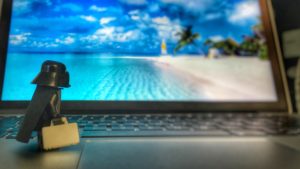 “Who am I?” is a question that challenges generation after generation. The search for identity is the subject of almost every book we read or movie we watch. From Anakin Skywalker in Star Wars discovering he is a Jedi, crossing to the dark side, and then crossing back again (sorry, spoiler alert) to Shrek needing to decide how much of an ogre he wants to be, it is a recurring theme in kids and adults stories alike. Time and again we see characters needing to choose who they want to be, whether they want to be the villain or the hero, the one who stays in their comfort zone or the one who saves the day. And discovering our identity is not a one-time thing, it is an ongoing process in our lives as we grow through different stages. This has been highlighted recently through athletes speaking out about the challenges of transitioning from professional sport back to everyday life, with many talking about feeling completely lost and empty. We also see it in people going through other transitions in their everyday lives like leaving study, the end of a relationship, parents whose children have moved out of home experiencing “empty nest syndrome” or retirees feeling completely lost without the routine of work.
“Who am I?” is a question that challenges generation after generation. The search for identity is the subject of almost every book we read or movie we watch. From Anakin Skywalker in Star Wars discovering he is a Jedi, crossing to the dark side, and then crossing back again (sorry, spoiler alert) to Shrek needing to decide how much of an ogre he wants to be, it is a recurring theme in kids and adults stories alike. Time and again we see characters needing to choose who they want to be, whether they want to be the villain or the hero, the one who stays in their comfort zone or the one who saves the day. And discovering our identity is not a one-time thing, it is an ongoing process in our lives as we grow through different stages. This has been highlighted recently through athletes speaking out about the challenges of transitioning from professional sport back to everyday life, with many talking about feeling completely lost and empty. We also see it in people going through other transitions in their everyday lives like leaving study, the end of a relationship, parents whose children have moved out of home experiencing “empty nest syndrome” or retirees feeling completely lost without the routine of work.
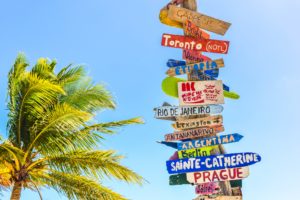 It seems like that in previous generations, through until the late 20th century, our identity was largely defined for us. People had very defined labour and gender roles, and little shifted outside of these. This structure was shaken up by the social change movements of the 70s and onwards which opened up doors for people which hadn’t been possible before. Instead of simply following the course of your parents and grandparents, there were a plethora of opportunities now before you. It could be argued that in our modern era there is less need for any difficulty around identity, particularly for the millennial generation who have grown up with increasing freedom to choose and express their identity however they see fit. Surely you can be whoever you want to be so this should make it easier? But the reality is that finding our identity is something which continues to challenge and confuse us. In some ways it seems like all these extra options have made things harder, like it would just be easier if we went back to someone telling us who we are and going with that. But whilst that may seem simpler, it’s not really an effective way of working out who we really are, and having an accurate picture of who were really are helps us to understand what we are meant to do with our lives and how we can go about doing it.
It seems like that in previous generations, through until the late 20th century, our identity was largely defined for us. People had very defined labour and gender roles, and little shifted outside of these. This structure was shaken up by the social change movements of the 70s and onwards which opened up doors for people which hadn’t been possible before. Instead of simply following the course of your parents and grandparents, there were a plethora of opportunities now before you. It could be argued that in our modern era there is less need for any difficulty around identity, particularly for the millennial generation who have grown up with increasing freedom to choose and express their identity however they see fit. Surely you can be whoever you want to be so this should make it easier? But the reality is that finding our identity is something which continues to challenge and confuse us. In some ways it seems like all these extra options have made things harder, like it would just be easier if we went back to someone telling us who we are and going with that. But whilst that may seem simpler, it’s not really an effective way of working out who we really are, and having an accurate picture of who were really are helps us to understand what we are meant to do with our lives and how we can go about doing it.
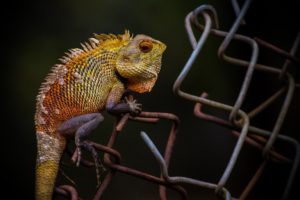 There’s a kids book by Eric Carle, who wrote The Very Hungry Caterpillar, called The Mixed-Up Chameleon. In the story the chameleon wanders into a zoo and becomes jealous of each animal he sees. Each time he sees a new animal he wishes for one of their characteristics and magically takes it on, however before long he is such a muddled conglomeration of so many different animals that he can’t even function enough to catch a fly to feed himself. In a lot of ways I feel like this chameleon represents a lot of people in this modern generation trying to find their identity. They take on so many different parts of so many different things that they just end up confused and lost. In the end of the book the chameleon wishes to go back to being himself, catches his fly, and lives happily ever after. Over the next few weeks we’re going to look at a few of the key elements of identity and how you can use them to get an understanding of who you are. We’re not going to promise you a magic answer or a happily ever after, those bits are up to you, but hopefully we can give you some tools to discover more about your identity.
There’s a kids book by Eric Carle, who wrote The Very Hungry Caterpillar, called The Mixed-Up Chameleon. In the story the chameleon wanders into a zoo and becomes jealous of each animal he sees. Each time he sees a new animal he wishes for one of their characteristics and magically takes it on, however before long he is such a muddled conglomeration of so many different animals that he can’t even function enough to catch a fly to feed himself. In a lot of ways I feel like this chameleon represents a lot of people in this modern generation trying to find their identity. They take on so many different parts of so many different things that they just end up confused and lost. In the end of the book the chameleon wishes to go back to being himself, catches his fly, and lives happily ever after. Over the next few weeks we’re going to look at a few of the key elements of identity and how you can use them to get an understanding of who you are. We’re not going to promise you a magic answer or a happily ever after, those bits are up to you, but hopefully we can give you some tools to discover more about your identity.
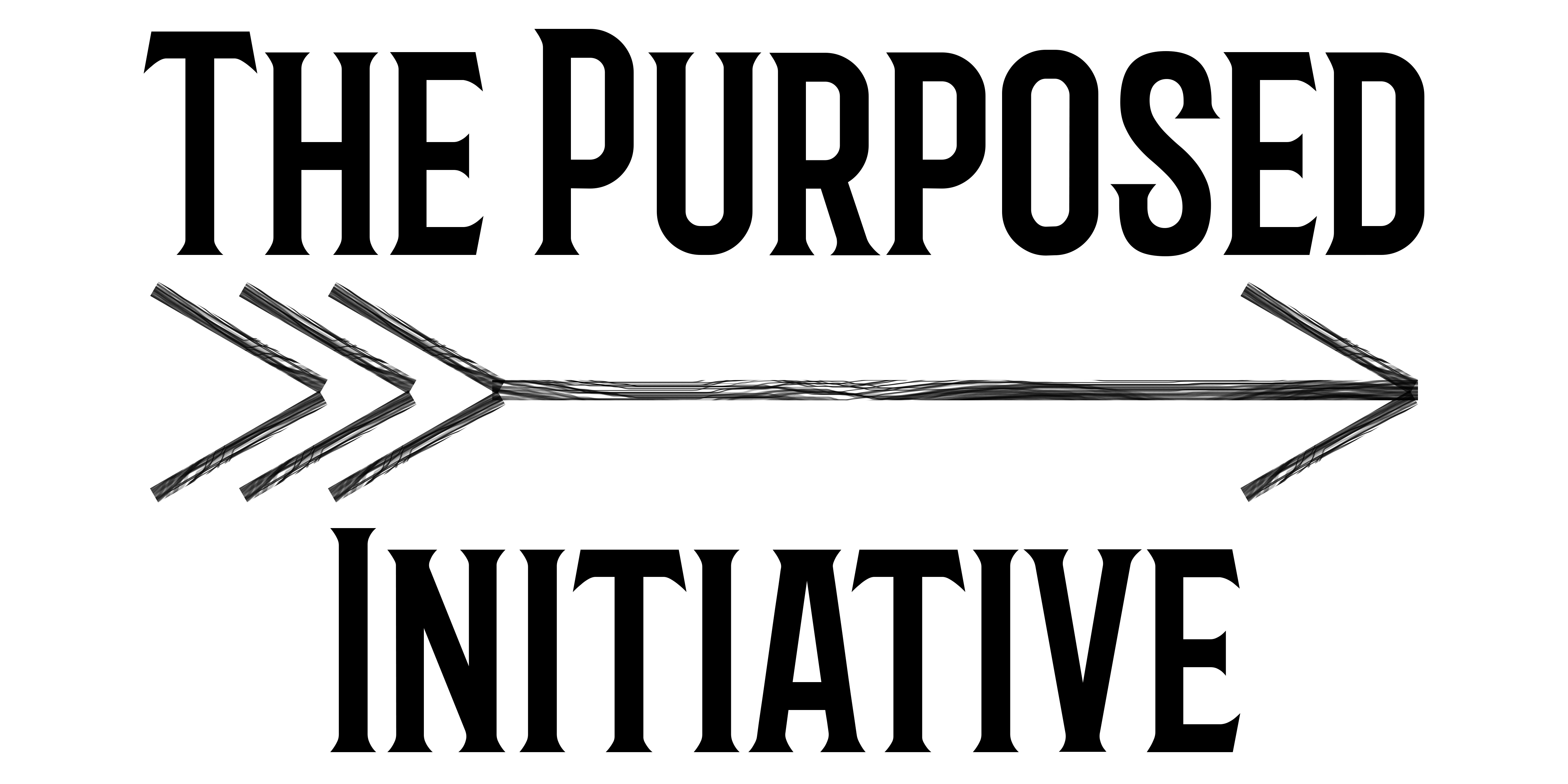
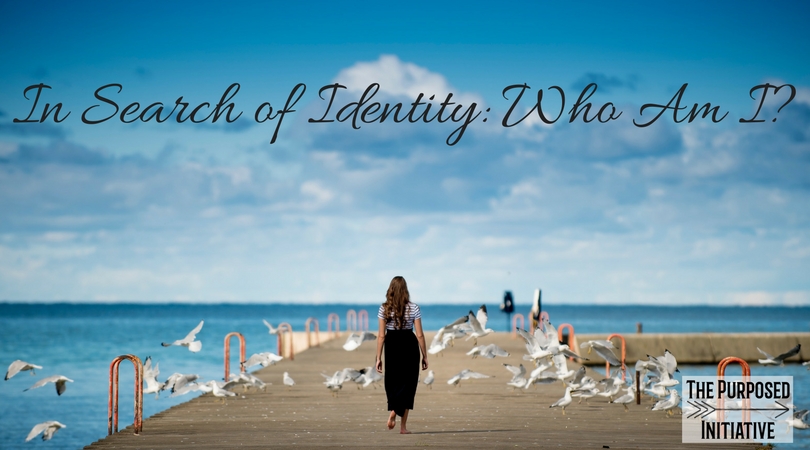
Recent Comments